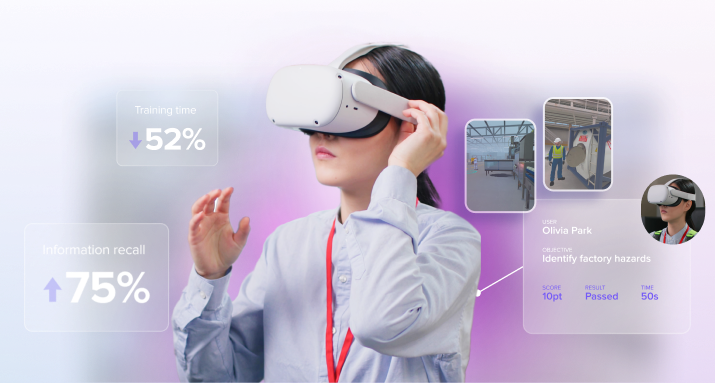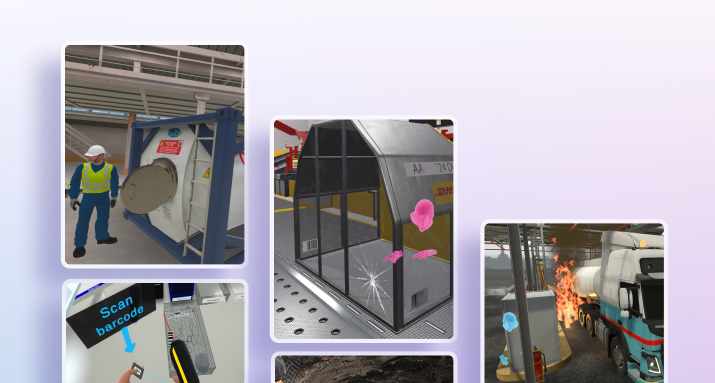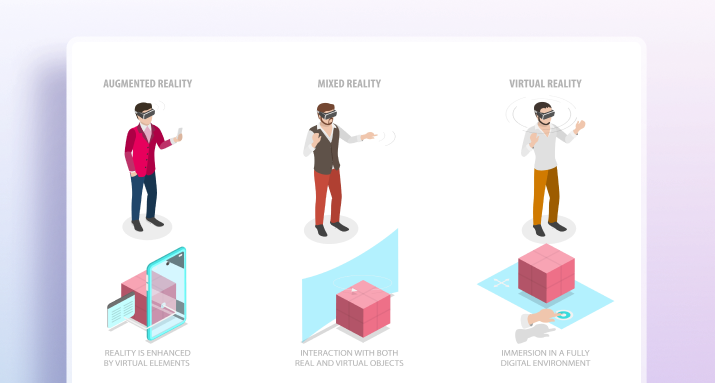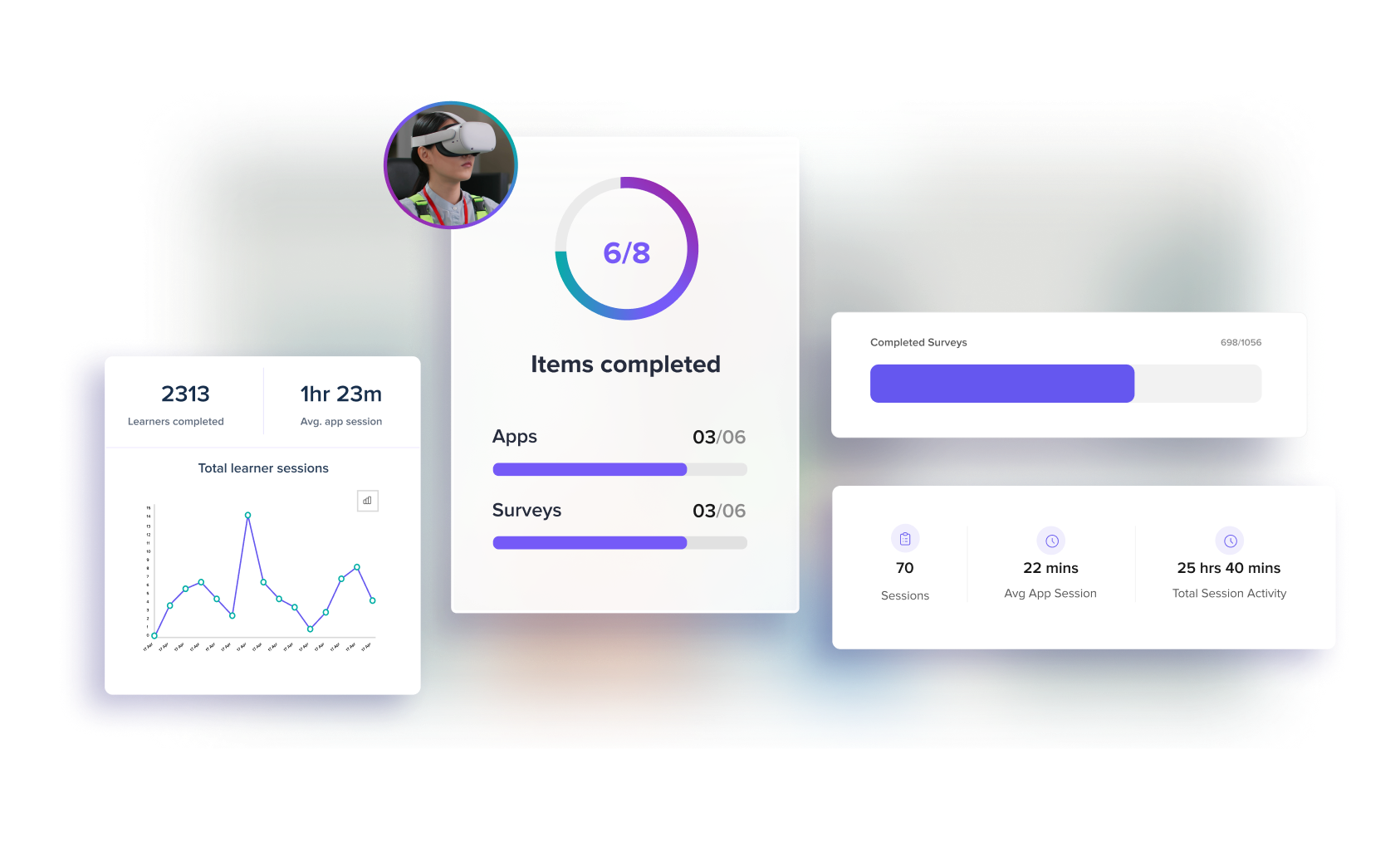
In this article
Understanding VR training data
Enhancing training efficiency with VR data
Boosting business performance using VR insights
Best practices for leveraging VR data
Benefits of personalized learning and real-time feedback
In the dynamic business landscape, staying ahead requires continuous innovation, particularly in training and operational strategies. Virtual Reality (VR) has emerged as a transformative technology, offering immersive experiences that enhance learning and operational efficiency. However, the real power of VR lies in the data it generates. This article explores how VR data insights can optimize training efficiency and business performance, providing actionable strategies for companies looking to leverage this technology.
The role of VR data in training efficiency
Personalized learning pathways: VR data enables the customization of training programs by analyzing user interactions, progress, and performance. By tracking metrics such as time spent on tasks, error rates, and decision-making processes, organizations can tailor training to meet individual needs. This personalized approach not only accelerates the learning curve but also ensures that employees master the necessary skills efficiently.
Real-time feedback and assessment: one of the key benefits of VR training is the ability to provide real-time feedback. As employees engage in VR simulations, data on their actions and responses is collected instantly. This allows for immediate assessment, enabling trainers to offer corrective feedback on the spot. Such timely interventions are crucial in industries where precision and quick decision-making are vital, such as healthcare and aviation.
Enhanced knowledge retention: studies have shown that VR training can significantly improve knowledge retention. The immersive nature of VR creates a realistic environment where learners can practice and repeat tasks. The data collected from these sessions helps identify which areas need more focus, ensuring that employees retain critical information and skills.
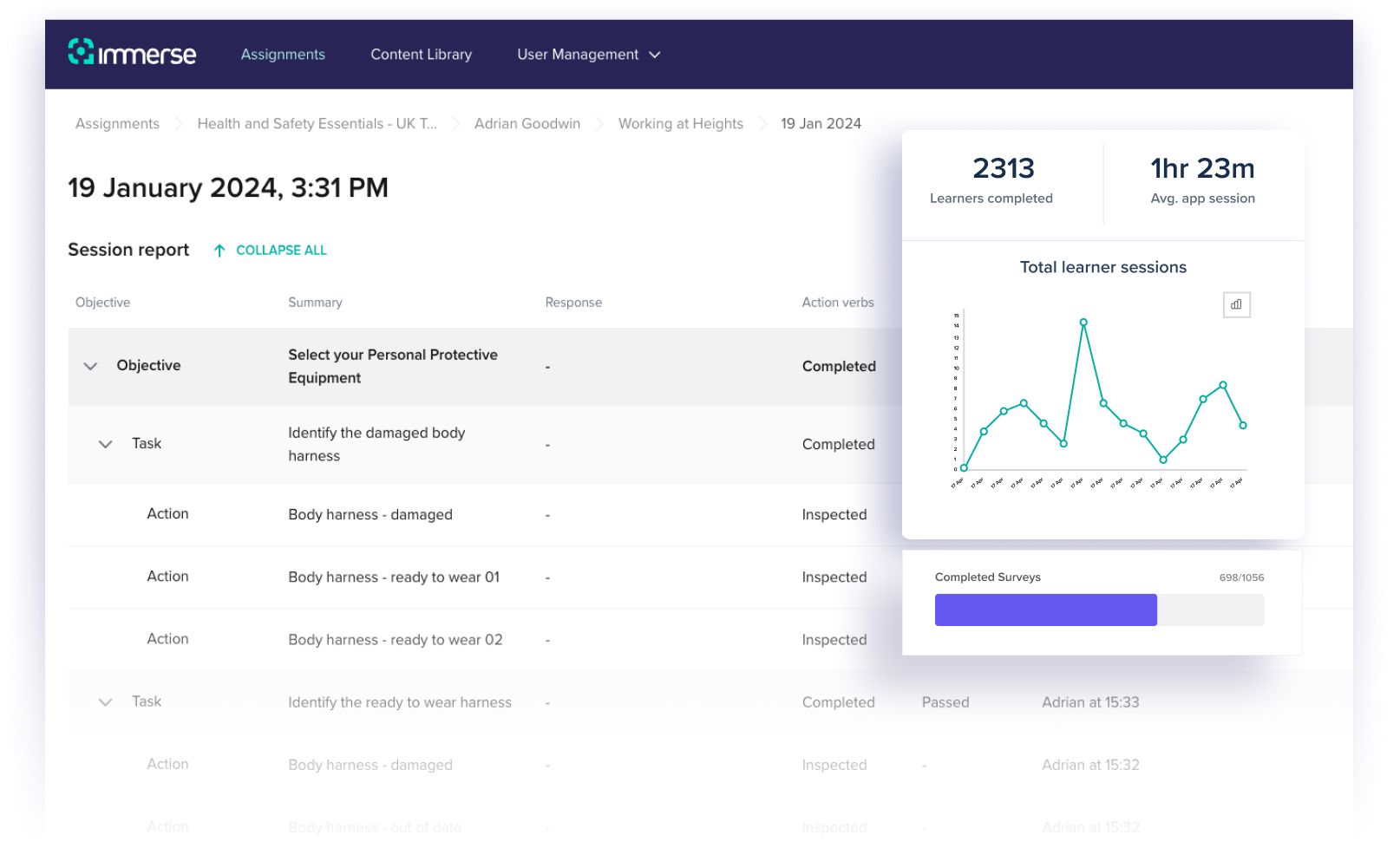
See VR reporting and analytics
Boosting business performance with VR data
Optimizing operational processes: VR data can simulate various operational scenarios, providing valuable insights into the most efficient workflows. For instance, in manufacturing, VR can model different assembly line configurations to find the most effective setup. By analyzing data from these simulations, companies can optimize their processes, reduce waste, and increase productivity.
Risk management and safety: safety training is a critical application of VR. By using VR simulations to recreate hazardous situations, employees can learn how to handle emergencies without real-world consequences. The data collected during these simulations can highlight potential risks and help improve safety protocols, thereby reducing accidents and operational disruptions.
Cost reduction: implementing VR training can lead to significant cost savings. Traditional training methods often involve travel, materials, and downtime, all of which can be costly. VR training eliminates these expenses by providing a virtual environment for learning. Furthermore, the data insights gained from VR can help refine training programs, reducing the need for repeated sessions and further lowering costs.
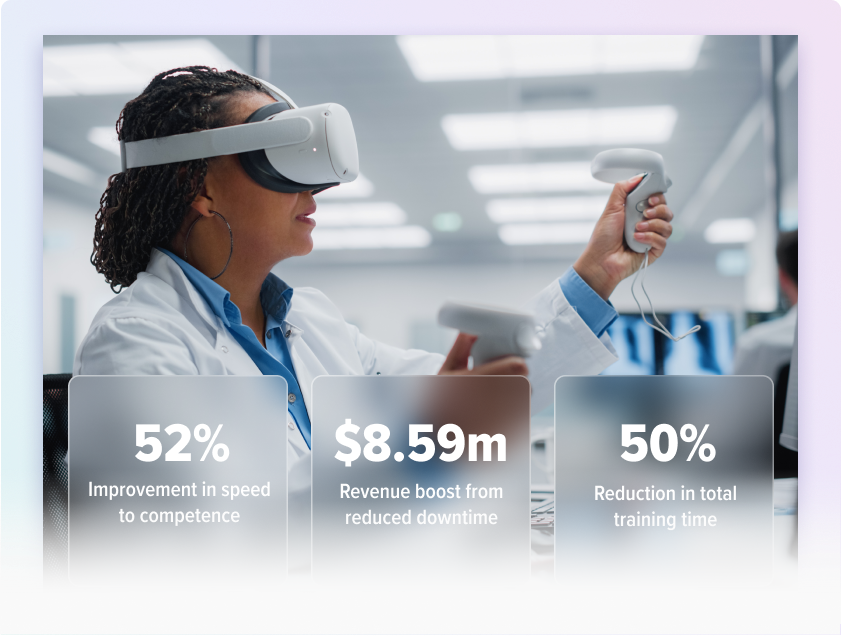
See VR reporting and analytics
Best practices for utilizing VR data
Integration with existing systems: to maximize the benefits of VR data, it should be integrated with existing systems like Learning Management Systems (LMS) and Enterprise Resource Planning (ERP) tools. This integration ensures a seamless flow of information, enabling comprehensive analysis and better decision-making.
Regular data analysis: continuous analysis of VR data is essential for identifying trends and making informed adjustments to training and operations. Companies should establish protocols for regular data review, ensuring that training programs and operational strategies remain up-to-date and effective.
Data privacy and security: given the sensitive nature of some VR data, organizations must implement robust data security measures. This includes encryption, access controls, and regular audits to protect employee information and maintain compliance with data protection regulations.
For businesses looking to adopt VR training, the key is to develop a comprehensive data strategy that aligns with organizational goals. By doing so, they can fully harness the power of VR data to drive continuous improvement and maintain a competitive edge in the market.
Learn more on VR reporting and analytics
Ready to transform your training and operations with VR? Contact us learn how we can help you integrate VR data insights into your business strategy and unlock new levels of efficiency and performance.

